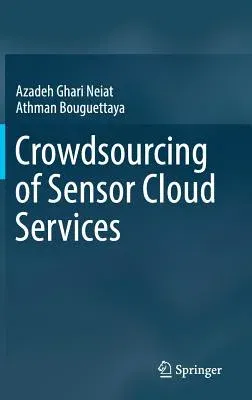This book develops a crowdsourced sensor-cloud service composition
framework taking into account spatio-temporal aspects. This book also
unfolds new horizons to service-oriented computing towards the direction
of crowdsourced sensor data based applications, in the broader context
of Internet of Things (IoT). It is a massive challenge for the IoT
research field how to effectively and efficiently capture, manage
and deliver sensed data as user-desired services. The outcome of this
research will contribute to solving this very important question, by
designing a novel service framework and a set of unique service
selection and composition frameworks.
Delivering a novel service framework to manage crowdsourced sensor data
provides high-level abstraction (i.e., sensor-cloud service) to model
crowdsourced sensor data from functional and non-functional
perspectives, seamlessly turning the raw data into "ready to go"
services. A creative indexing model is developed to capture and manage
the spatio-temporal dynamism of crowdsourced service providers.
Delivering novel frameworks to compose crowdsourced sensor-cloud
services is vital. These frameworks focuses on spatio-temporal
composition of crowdsourced sensor-cloud services, which is a new
territory for existing service oriented computing research. A creative
failure-proof model is also designed to prevent composition failure
caused by fluctuating QoS.
Delivering an incentive model to drive the coverage of crowdsourced
service providers is also vital. A new spatio-temporal incentive model
targets changing coverage of the crowdsourced providers to achieve
demanded coverage of crowdsourced sensor-cloud services within a region.
The outcome of this research is expected to potentially create a sensor
services crowdsourcing market and new commercial opportunities focusing
on crowdsourced data based applications. The crowdsourced community
based approach adds significant value to journey planning and map
services thus creating a competitive edge for a technologically-minded
companies incentivizing new start-ups, thus enabling higher market
innovation.
This book primarily targets researchers and practitioners, who conduct
research work in service oriented computing, Internet of Things (IoT),
smart city and spatio-temporal travel planning, as well as
advanced-level students studying this field. Small and Medium
Entrepreneurs, who invest in crowdsourced IoT services and journey
planning infrastructures, will also want to purchase this book.

